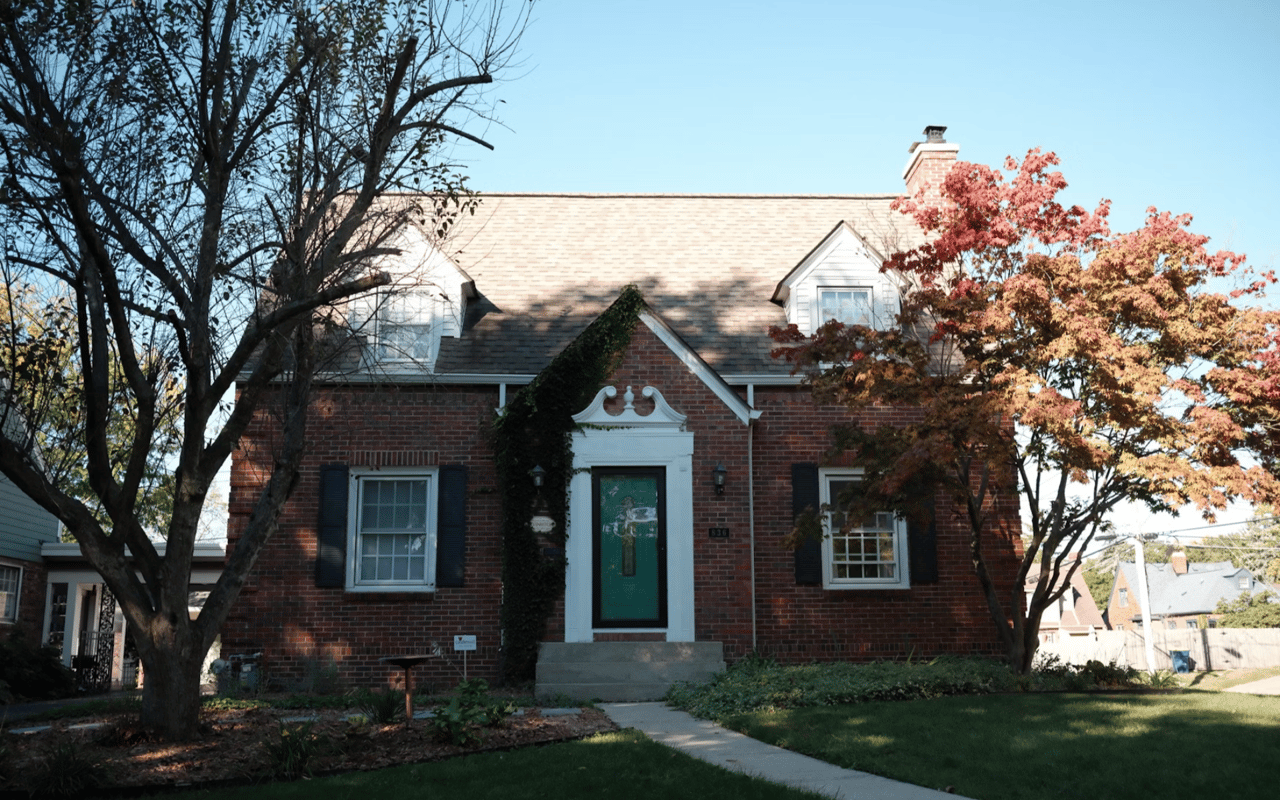Match Paint To Your Architectural Style
For modern residences, crisp whites, steely grays, and black accents make a strong statement. You can also go bold with deep blues or charcoal without overwhelming the minimalist design. Craftsman homes, on the other hand, tend to favor earthy tones; olive, slate, rust, and cream pair beautifully with natural materials like wood and stone.
If you live in a waterfront home or one with significant outdoor exposure, use soft blues, off-whites, and muted grays that reflect the environment. These tones look beautiful and blend seamlessly with the natural light and surroundings of Bellevue’s lakes and evergreens.
Your paint should feel like an extension of your home’s identity. When you lean into its inherent style, every room feels more purposeful.
Use Neutrals Strategically
That said, not all neutrals behave the same. A “white” paint may have blue, yellow, pink, or even green undertones. The same is true for grays, beiges, and creams. Always test against your flooring, trim, and upholstery to spot unwanted clashes.
For interiors, soft cool-toned grays and greiges often work best with natural wood floors and modern cabinetry. If you want warmth, taupe or warm cream offers a cozy backdrop without feeling dated.
Use deeper neutrals for accents; a charcoal window trim, a mocha hallway, or slate blue built-ins can create depth without stealing the spotlight. Don’t be afraid to layer different neutrals within the same palette. This makes a space feel dimensional and textured, especially in open floor plans where transitions need to be smooth.
Don’t Forget About Finishes
Flat or matte finishes offer the most color accuracy but tend to scuff more easily. They’re great for ceilings and low-traffic areas. Eggshell has a hint of sheen and is a top choice for living rooms and bedrooms because it balances appearance and durability.
Satin works well in kitchens, bathrooms, or hallways. Semi-gloss and gloss finishes are usually reserved for trim, cabinets, and doors. These finishes reflect more light, which can showcase imperfections if you’re not careful.
Always test the finish as well as the color. The same tone can appear lighter, darker, or more reflective depending on the sheen. This detail matters more than you think, especially when sunlight plays such a huge role.
Build A Cohesive Palette Room To Room
Pick one or two main tones and use them in varying intensities throughout the home. For example, a smoky blue in the bedroom might shift to a paler blue-gray in the bathroom, while a warm beige in the hallway might complement a deeper taupe in the den.
Accent walls and bold colors work best when grounded in a neutral scheme. This allows you to bring character into specific rooms — like a navy dining room or forest green study — without overwhelming the whole space.
If your home has an open layout, be especially careful with abrupt changes. Use paint to visually define areas, but keep base undertones consistent so everything flows.
Let Your Colors Tell A Story
If you’re ready to find the right property or achieve a winning home sale in Bellevue, connect with Sandy Piha for trusted guidance.





